Latest Waste Publications
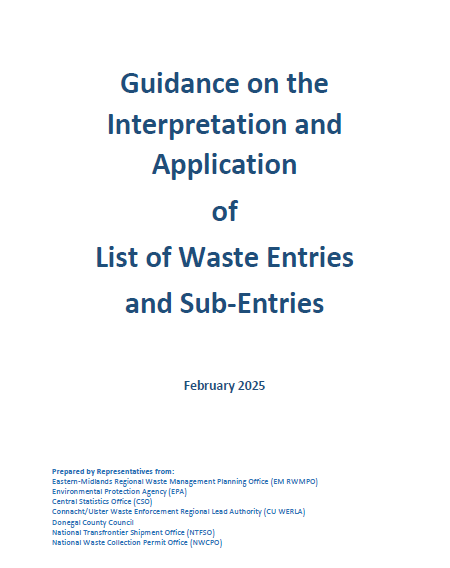
List of Waste (LoW) Guidance (Guidance Document & LoW Queries)
Guidance on the Interpretation and Application of List of Waste Entries and Sub-Entries, March 2025
Year: 2025
Representatives from the Local Government Sector and the EPA have prepared Guidance on the Interpretation and Application of List of Waste Entries and Sub-Entries. The aim of the guidance is to assist stakeholders to improve the consistency of data reporting at a local, Regional, National and European level. The document provides guidance on LoW chapters and sub-chapters that contain LoW entries where it has been identified that challenges exist. This includes all sub-chapters where sub-entries have been created. The guidance currently focuses on LoW entries under Chapters 2, 14, 15, 16, 17, 19 and 20. It provides clarity on waste types that should be classified under relevant LoW entries and sub-entries listed therein.

Circular Economy and Waste Statistics Highlights Report 2022
The EPA Circular Economy Programme - The Driving Force for Ireland's Move to a Circular Economy, December 2024
Year: 2024
This report gives the data highlights on waste generation and management in Ireland in 2022. Key trends and progress towards upcoming EU targets, along with information on material consumption and circularity are provided. A spotlight section focuses on current topics in the circular economy area including national End-of Waste and By-product decisions; the new Circular Economy and Waste Statistic Data Archive webpage; and the Plastics Own Resource contribution Ireland makes to the EU budget. Actions for government, industry and individuals are given to help progress our transition towards a circular economy.
EPA Skip Waste Characterisation Report
Year: 2024
Litter waste characterisation report
Year: 2024

ELV Infographic 2022
Year: 2024
The ELV Infographic explains that ELVs are cars and vans that have reached the end of their life and their owners scrap them. The infographic provides information on the following: Why we need to recycle ELVs, How ELVs are treated in line with a circular economy, The ELV statistics for Ireland in 2022, as described on this webpage, Key actions that can be taken by car owners, government, and industry to improve the recycling and recovery of ELVs
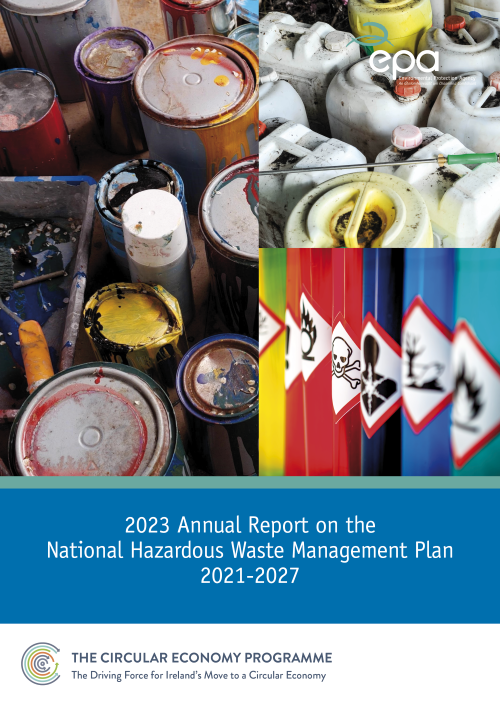
2023 Annual Report on the National Hazardous Waste Management Plan 2021-2027
Year: 2024
Under Key Action 19.2 of the National Hazardous Waste Management Plan 2021 – 2027, the EPA is required to provide an annual update on the progress of the Plan recommendations. As a result, this report sets out to achieve key action 19.2 of the plan and accordingly Section 3 of this report provides an update on all recommendations and key actions with a timeframe of 2021, 2022, 2023, ‘ongoing’ and ‘annually’.
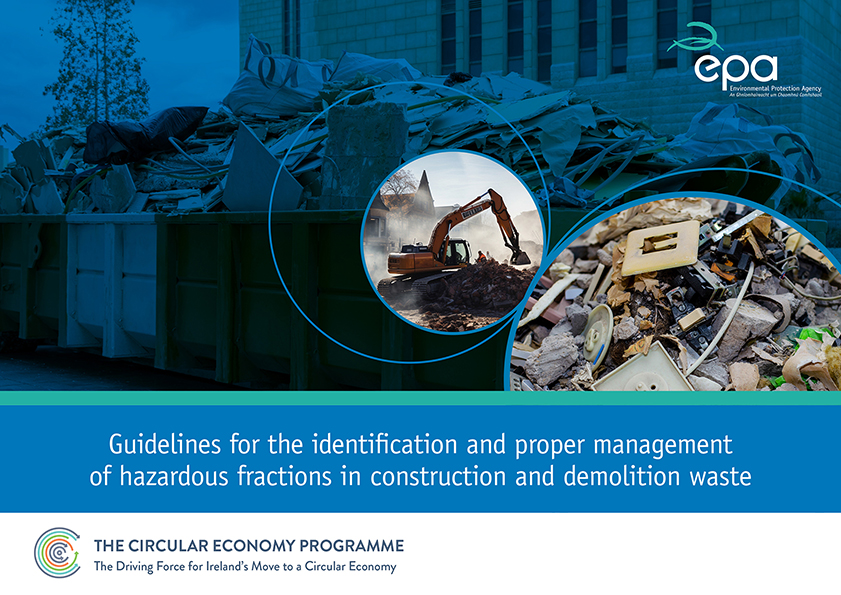
Guidelines for the identification and proper management of hazardous fractions in construction and demolition waste
Year: 2024
Construction and Demolition (C&D) waste is the largest waste stream in Ireland. Some of this waste can contain hazardous materials. The correct classification of C&D waste is the foundation for ensuring that its characterisation, storage, collection, transportation, and treatment / disposal is carried out in a manner that provides protection for the environment and human health, and in compliance with legal requirements. Identifying and separating hazardous waste also allows the remaining non-hazardous waste to be more safely and effectively recycled, which contributes to more circular management of resources. To this end, the EPA has published guidance which will assist with the identification, characterisation, and proper management of hazardous materials in C&D waste within Ireland. The guidance is one of a series of actions under the National Hazardous Waste Management Plan.
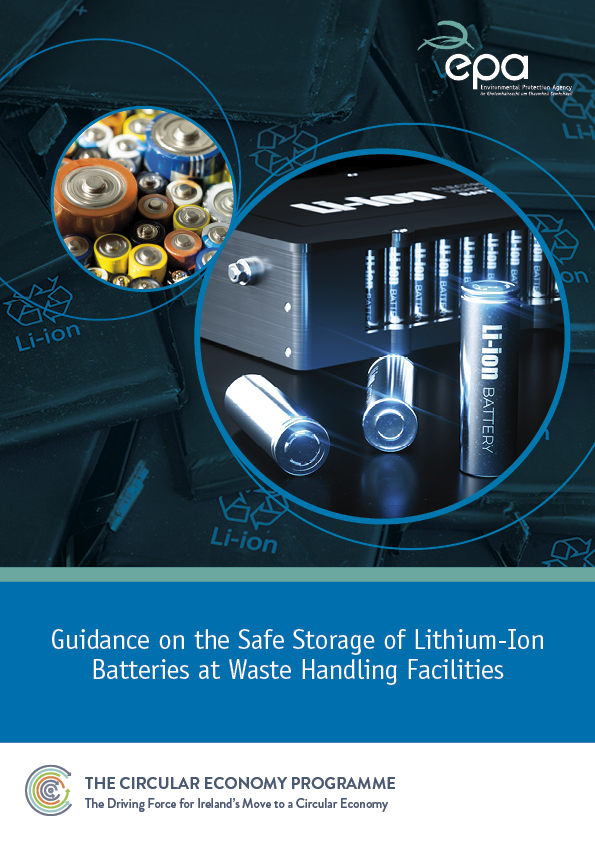
Guidance on the Safe Storage of Lithium-Ion Batteries at Waste Handling Facilities
Year: 2024
With the increased use of Lithium-ion batteries in Ireland in recent years, there has been an associated increase in Lithium-ion battery waste. If batteries become damaged or begin to fail, there is a significant risk of fire and release of hazardous substances. In response, the EPA has published Guidance on the Safe Storage of Lithium-Ion Batteries at Waste Handling Facilities. The guidance will be of interest to Operators of Civic Amenity Sites, Waste Management Facilities, as well as Retailers. The guidance is one of a series of actions under the National Hazardous Waste Management Plan.
Circular Economy and Waste Statistics Highlights Report 2021
Year: 2023
This report gives the data highlights on waste generation and management in Ireland in 2021. Key trends and progress towards upcoming EU targets, along with information on material consumption and circularity are provided. A new spotlight section focuses on current topics in the circular economy area. An update to circular economy actions published in 2022 is given along with further actions that government, industry and individuals can make to help us transition towards a circular economy.
2022 Commercial Municipal Waste Characterisation Model
Year: 2023
The 2022 commercial municipal waste characterisation model provides the percentage of waste materials in commercial mixed residual waste (general waste bins), mixed dry recycling (recycling bins) and organic waste bins collected at kerbside.
2022 Household Municipal Waste Characterisation Model
Year: 2023
The 2022 household municipal waste characterisation model provides the percentage of waste materials in household mixed residual waste (general waste bins), mixed dry recycling (recycling bins) and organic waste bins collected at kerbside.
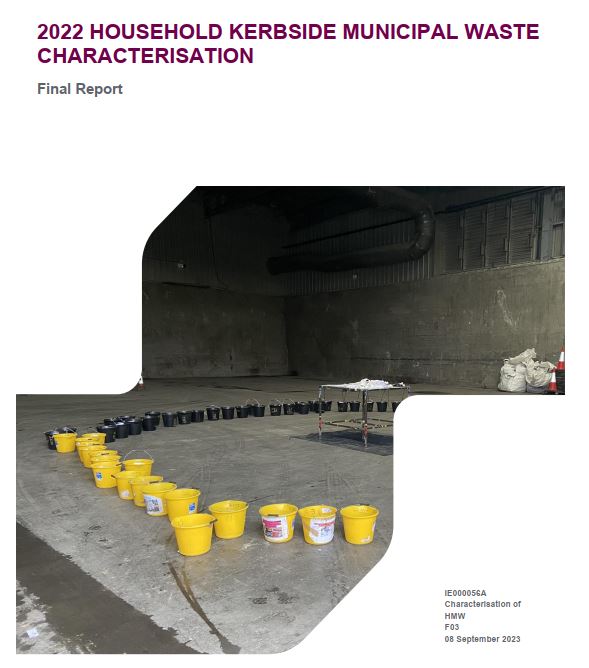
2022 Household Municipal Waste Characterisation Report
Year: 2023
This report presents the methodology, results and recommendations of the 2022 household municipal waste characterisation study .

2022 Commercial Municipal Waste Characterisation Report
Year: 2023
The 2022 commercial municipal waste characterisation methodology, results and recommendations are presented in this report.
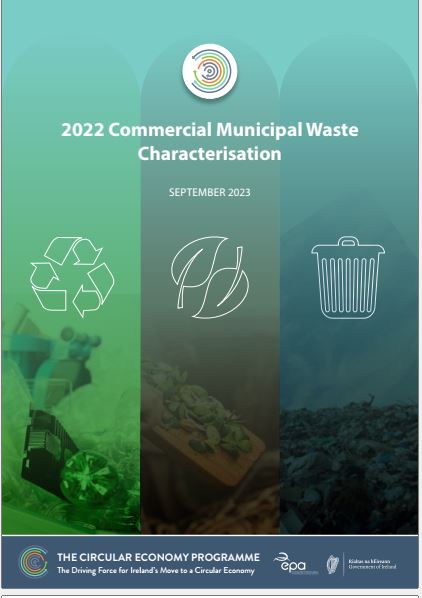
2022 Commercial Municipal Waste Characterisation Booklet
Year: 2023
The key findings from the 2022 Commercial Municipal Waste Characterisation study are summarised in this booklet.

2022 Household Municipal Waste Characterisation Booklet
Year: 2023
The key findings of the 2022 household municipal waste characterisation study are summarised in this booklet.
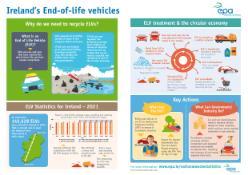
ELVs Infographic 2021
Year: 2023
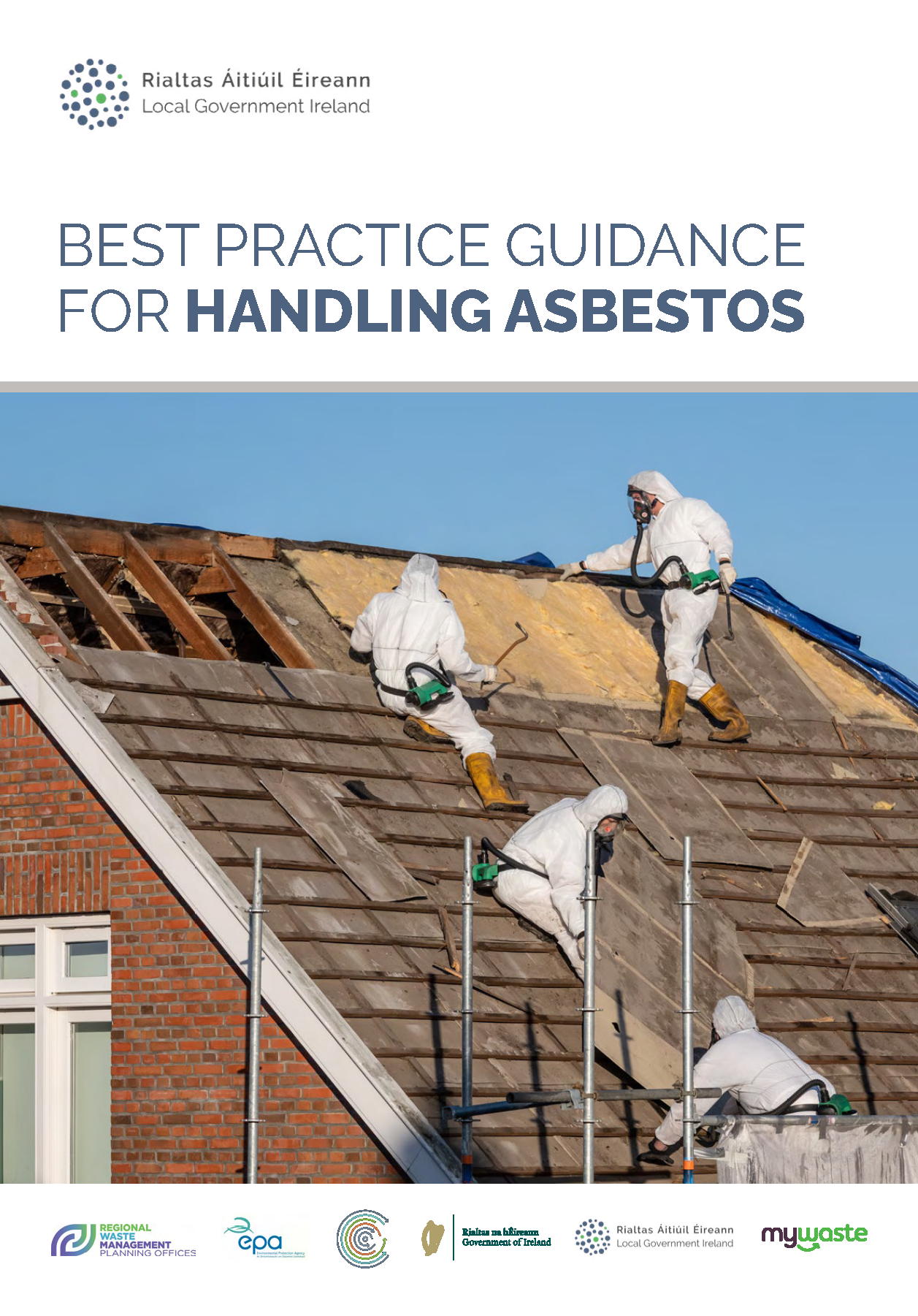
Best practice guidance for handling asbestos
Year: 2023
This best-practice guide has been developed in response to a recommendation in The National Hazardous Waste Management Plan (NWHMP) - to produce best-practice guide for handling asbestos waste; and identify options for collection of asbestos and asbestos contaminated wastes.
PFOA concentration of selected foams
Year: 2023